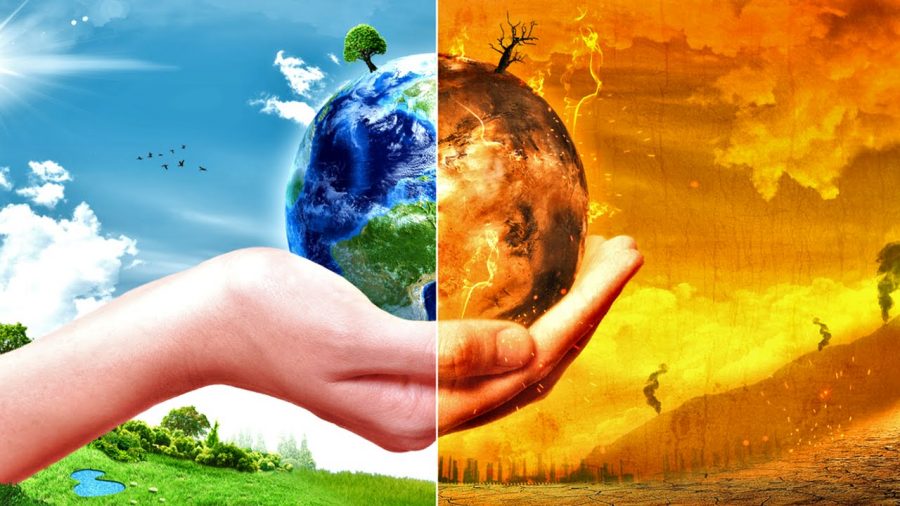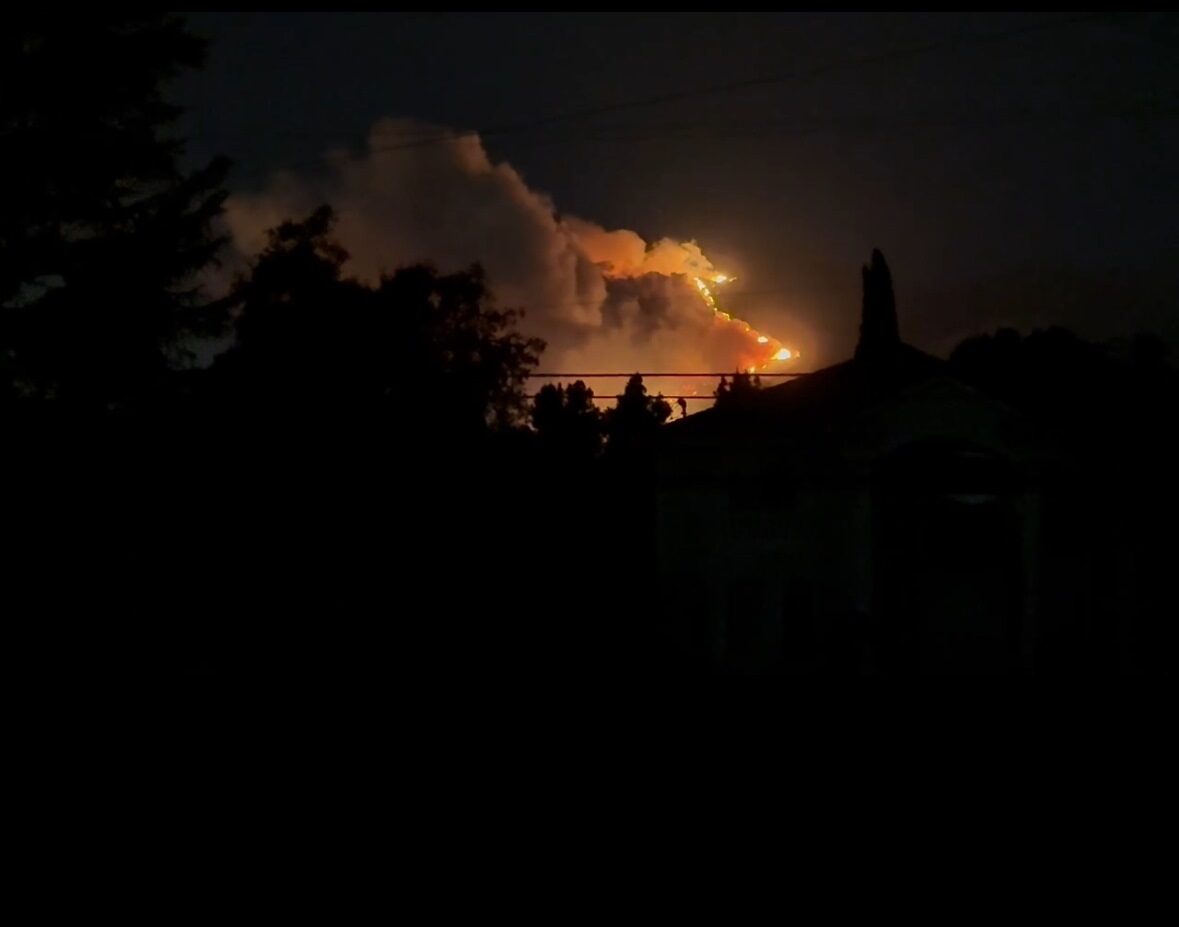We have until 2030 to prevent the dangerous destabilization of Earth’s climate. On October 6th, 2018, the UN Intergovernmental Panel on Climate Change (IPCC) released an urgent report warning the international community that global warming needs to remain below 1.5 degrees Celsius. Even half a degree more will significantly heighten the risks of extreme heat waves, floods, droughts, and poverty for hundreds of millions of people.
The planet’s average surface temperature has risen about 0.9 degrees Celsius (1.62 degrees Fahrenheit) since the late 19th century, a change driven largely by increased carbon dioxide and other human-made emissions into the atmosphere.
The heat-trapping nature of carbon dioxide and other gases was introduced in the mid-19th century. Increased levels of greenhouse gases cause the Earth’s temperature to rapidly increase.
Most of the warming has occurred within the past 35 years. Five of the warmest years on record have occurred since 2010. Not only was 2016 the warmest year on record, but eight of the 12 months––January through September, with the exception of June––broke records.
Most climate scientists agree the main cause of the current global warming trend is human expansion of the “greenhouse effect,” warming that results when the atmosphere traps heat radiating from Earth toward space.
Ice cores drawn from Greenland, Antarctica, and tropical mountain glaciers exhibit that the Earth’s climate responds to changes in greenhouse gas levels. Evidence reveals that current warming is occurring roughly ten times faster than the average rate of ice-age-recovery warming.
About half the light reaching Earth’s atmosphere passes through the air and clouds to the surface. It is absorbed and radiated upward in the form of infrared heat. About ninety percent of this heat is then absorbed by the greenhouse gases and radiated back toward Earth’s surface, which is warmed to an average of 15ºC (59ºF).
Certain gases in the atmosphere block heat from escaping. Gases that remain semi-permanently in the atmosphere and do not respond physically or chemically to changes in temperature are described as “forcing” climate change. Gases such as water vapor that respond physically or chemically to changes in temperature are seen as “feedbacks.”
The impacts of climate change include warming temperatures, changes in precipitation, increases in the frequency or intensity of extreme weather events, and rising sea levels.
These impacts threaten our health by affecting the food we eat, the water we drink, the air we breathe, and the weather we experience daily.
Kate Guernsey (‘19), vice president of the Environment Club, said, “I’m really sad that we’re not actively using our resources to find a solution or at least slow it down. It’s very upsetting to hear that we have just twelve years to stop this. I don’t want to be dying from an unhealthy world. Speaking on behalf of the Environment Club, our number one priority is to start recycling on campus. It’s so easy for us to do and because we have so much plastic on campus, it can really make a huge difference for us.”
Impacts vary based on geographic location, sensitivity to health threats, exposure to climate change impacts, and adaptability to change.
People in developing countries are the most vulnerable to health risks globally, but climate change poses significant threats to health even in developed nations such as the United States. Understanding the threats that climate change poses to human health is the first step in working together to lower the risks and be prepared for what is to come.















